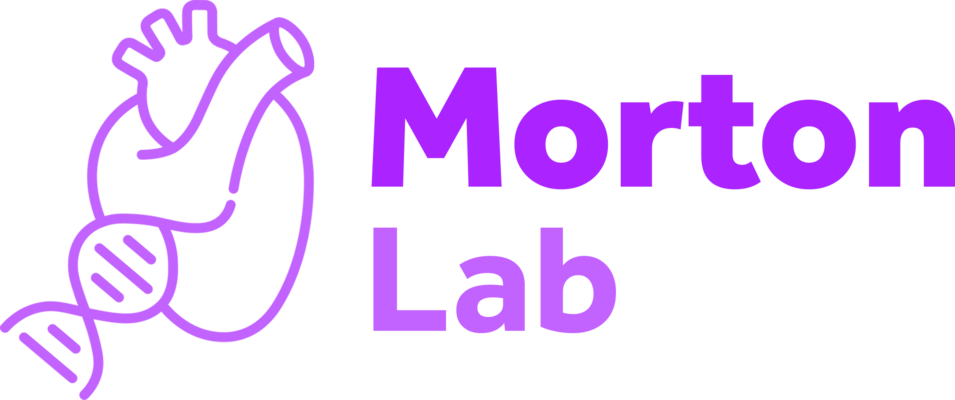INTRODUCTION: To increase the rate of iron sufficiency among neonatal intensive care unit (NICU) patients from 16% to >35% within 12 months of implementing standardized assessment of reticulocyte hemoglobin (retHE).
METHODS: We implemented a quality improvement (QI) study to improve iron sufficiency in our out-born level III/IV NICU. We screened 2,062 admissions, of which 622 were eligible based on feeding status at discharge. QI interventions included educational efforts and guideline implementation. Our primary outcome measure was the percentage of patients with their discharge retHE measure within the normal range. We also tracked the process measure of the number of retHE tests performed and a balancing measure of the incidence of elevated retHE among patients receiving iron supplementation. Statistical process control (SPC) charts assessed for special cause variation.
RESULTS: The percentage of patients with a retHe within the normal range was significantly increased from a mean of 20% to 39% on SPC chart analysis. We measured significantly more retHE values after guideline implementation (11/mo to 24/mo) and found no cases of elevated retHE among patients receiving iron supplementation.
CONCLUSIONS: After the implementation of a standardized guideline, a higher rate of iron sufficiency was found in NICU patients at discharge. This work is generalizable to neonatal populations with the potential for a significant impact on clinical practice.

